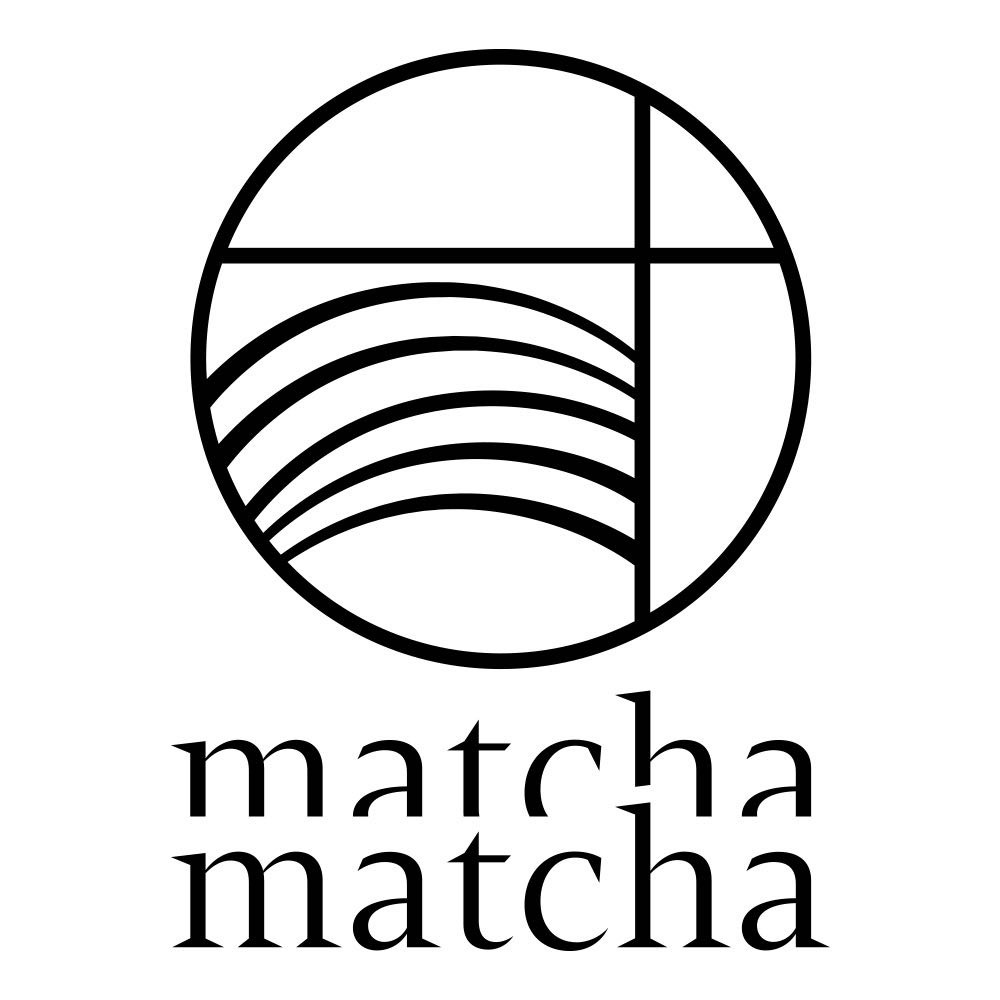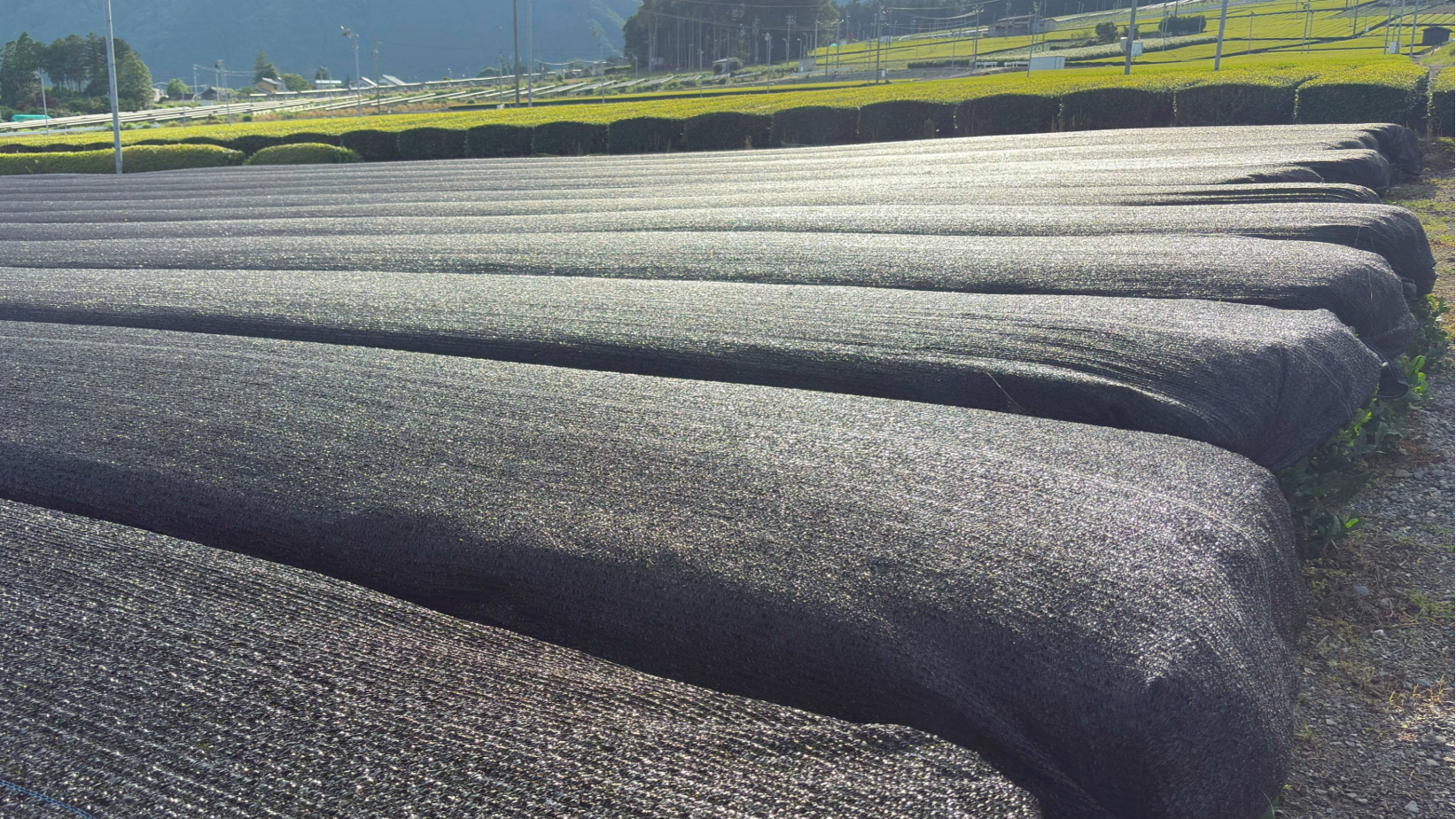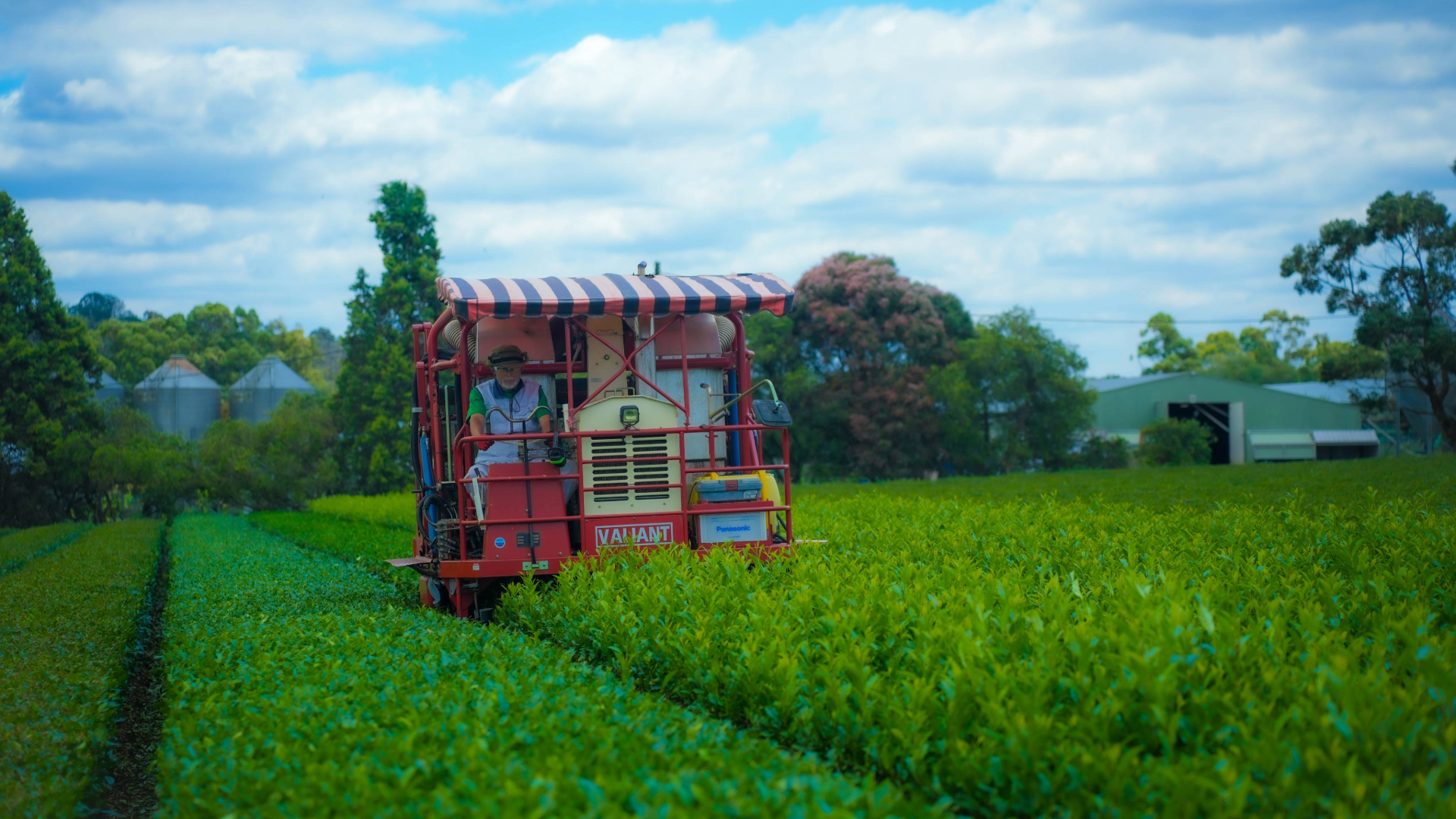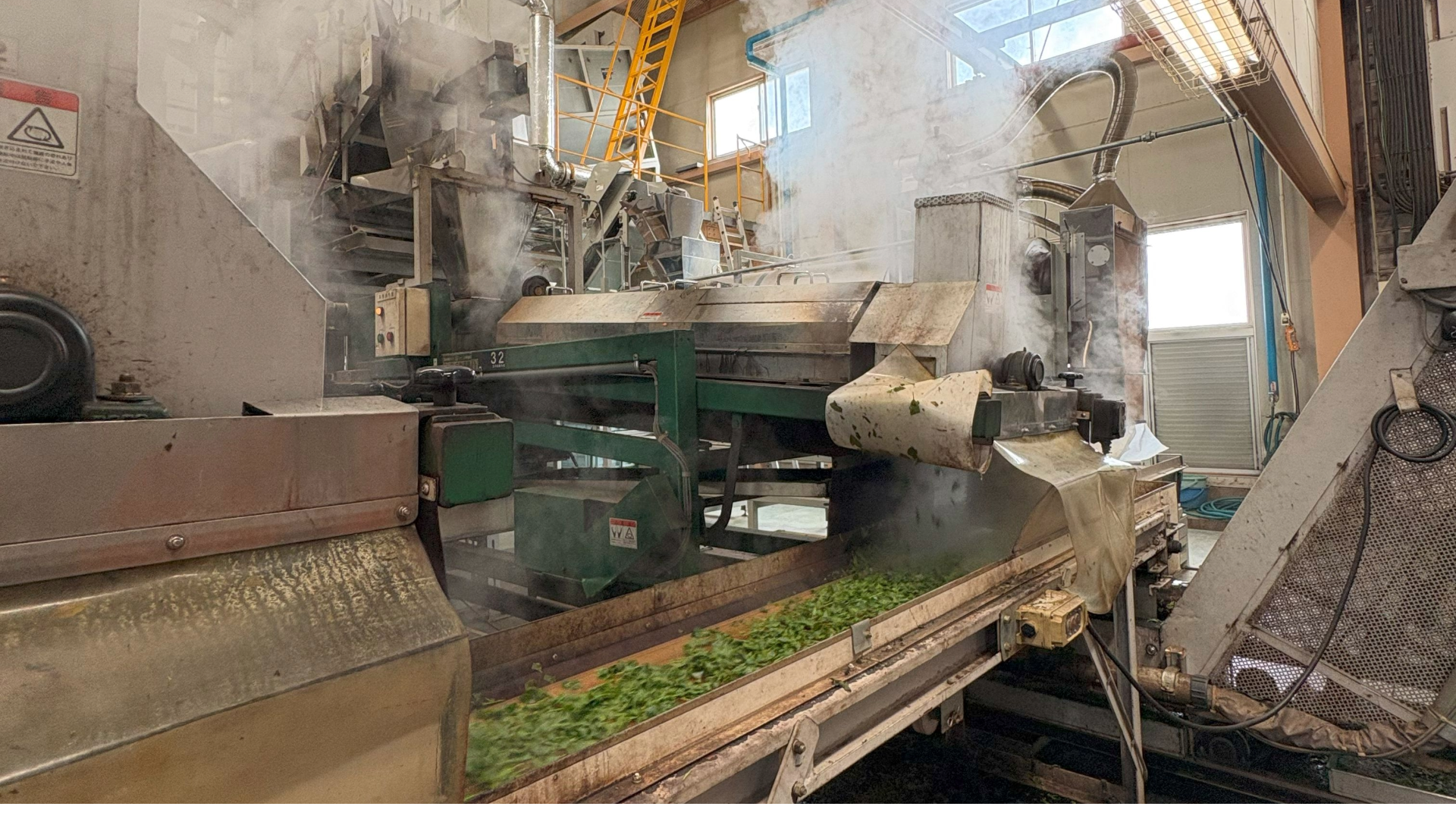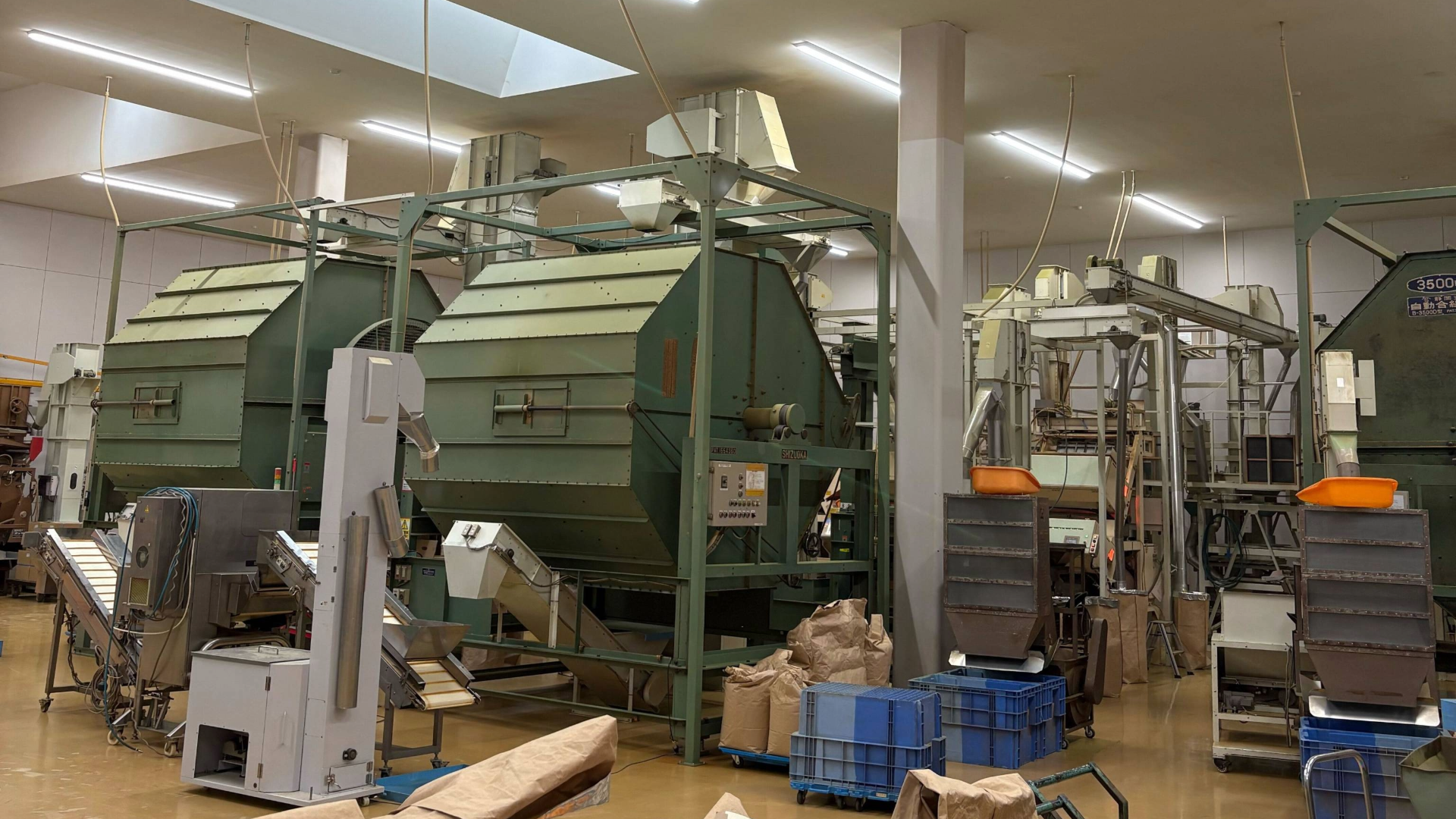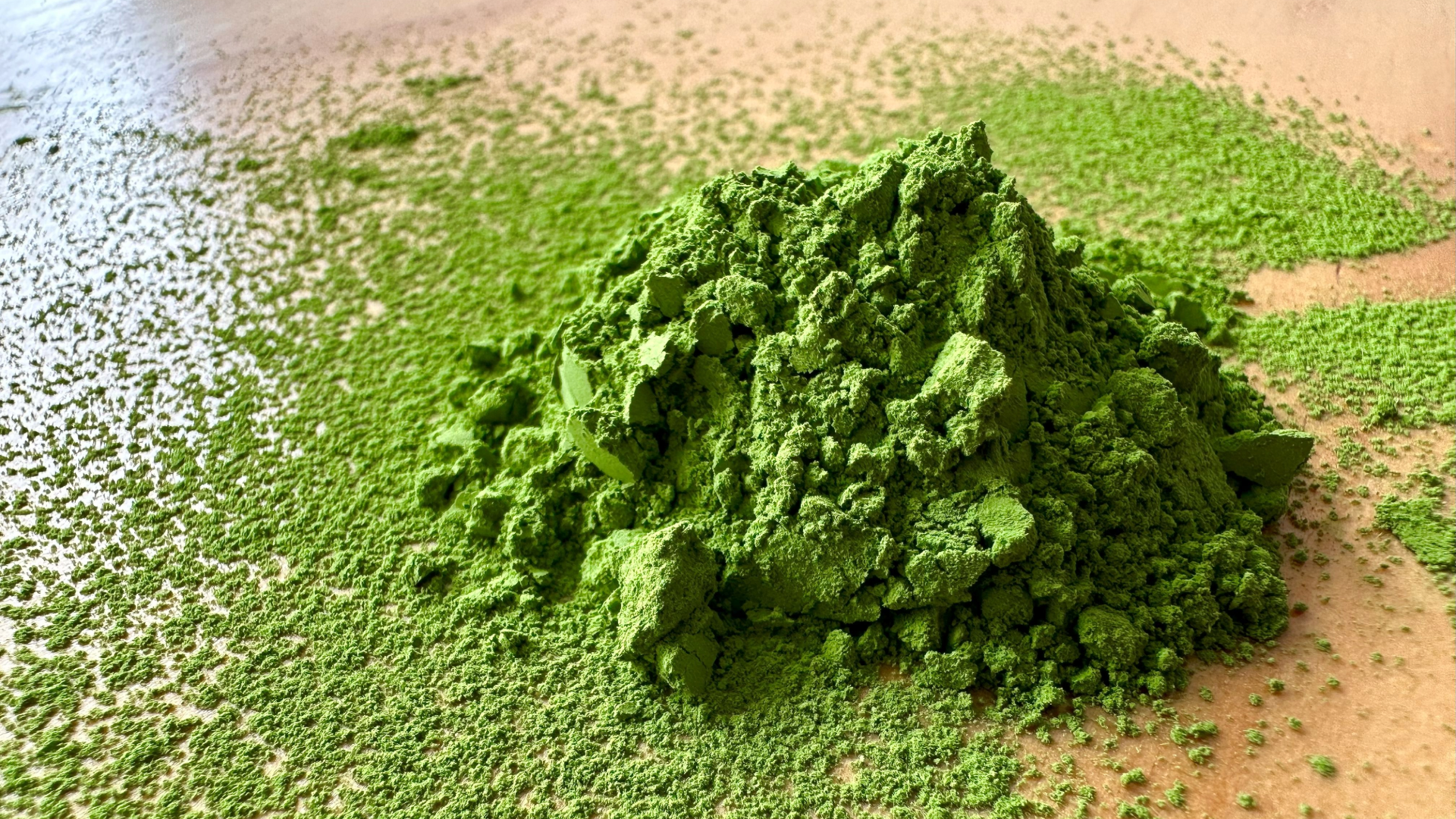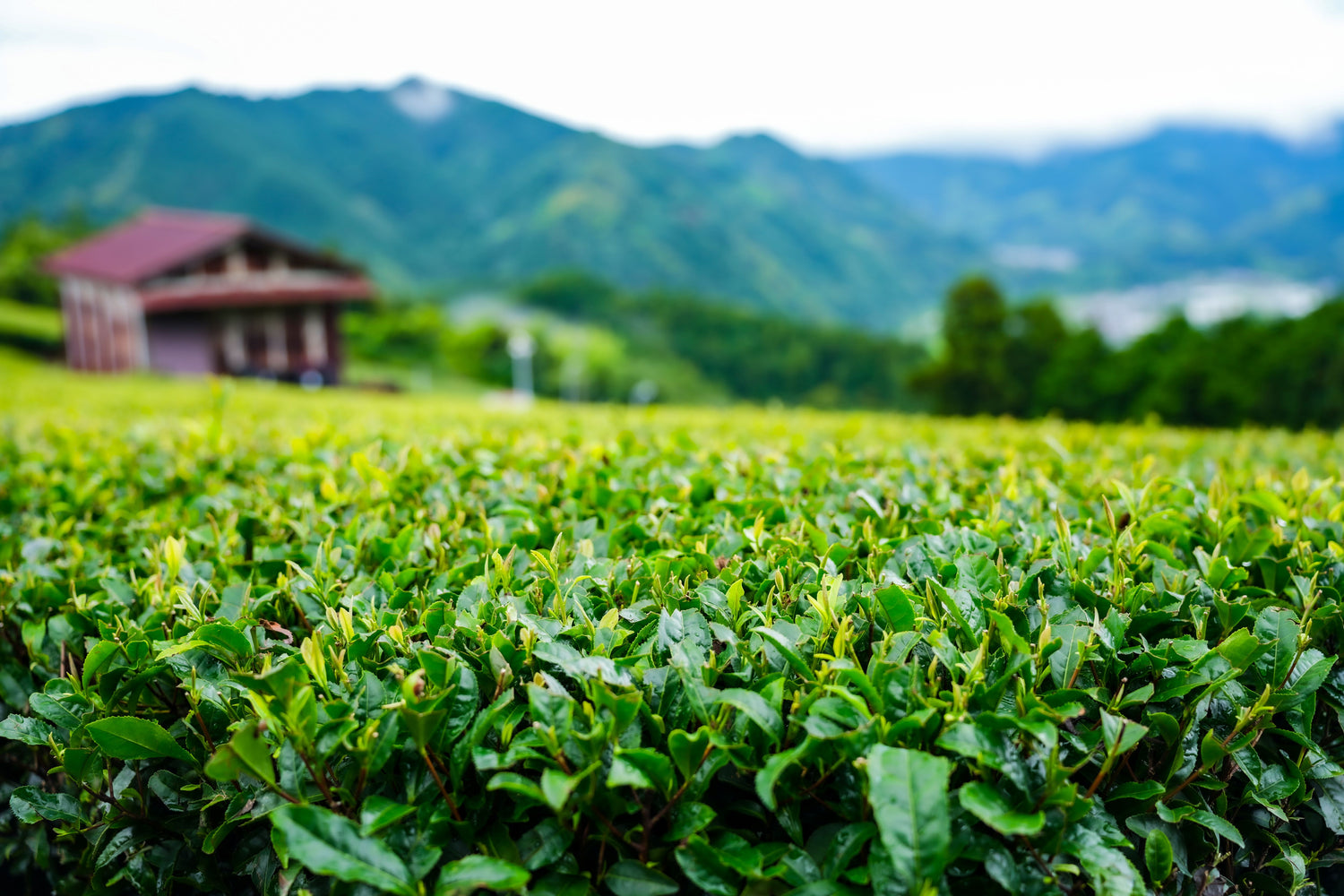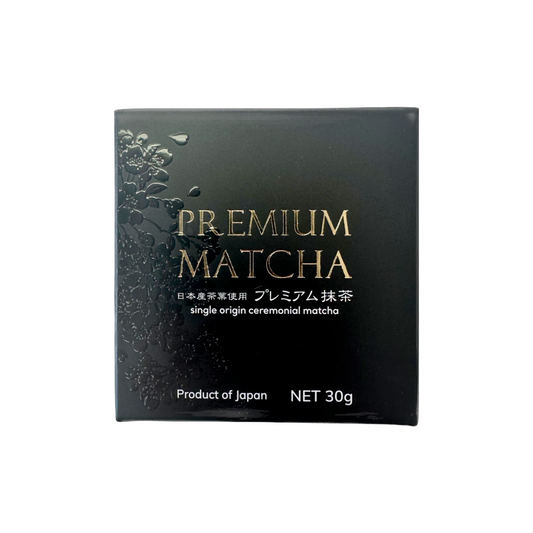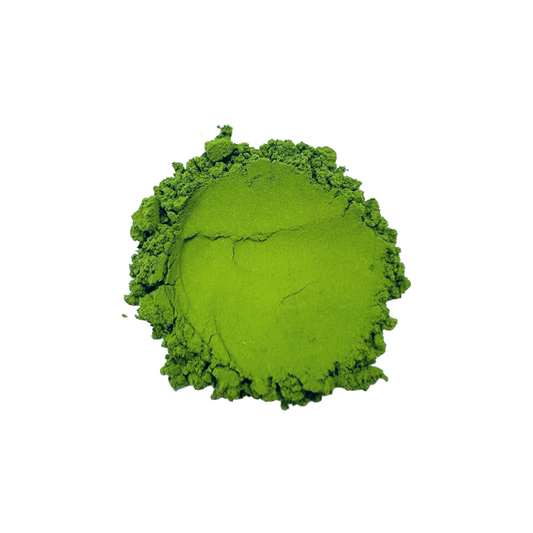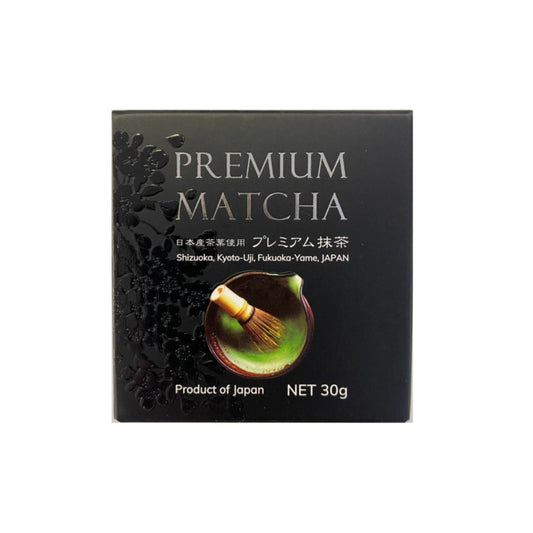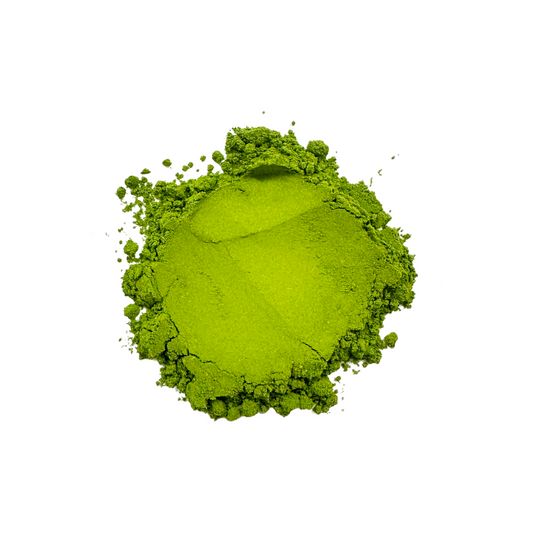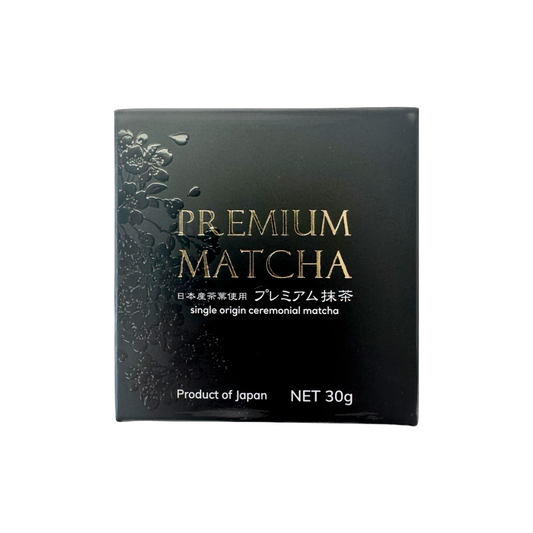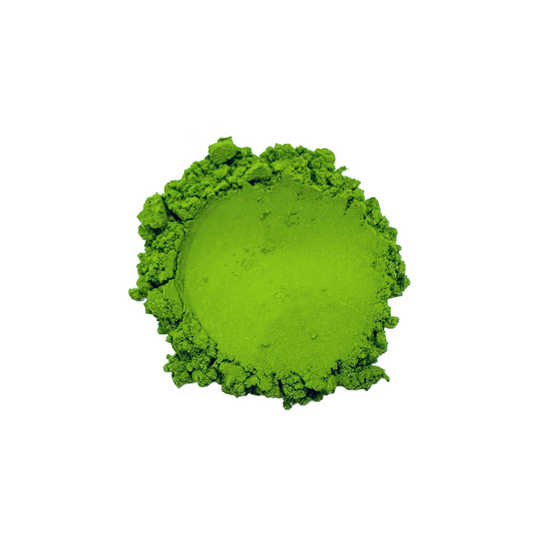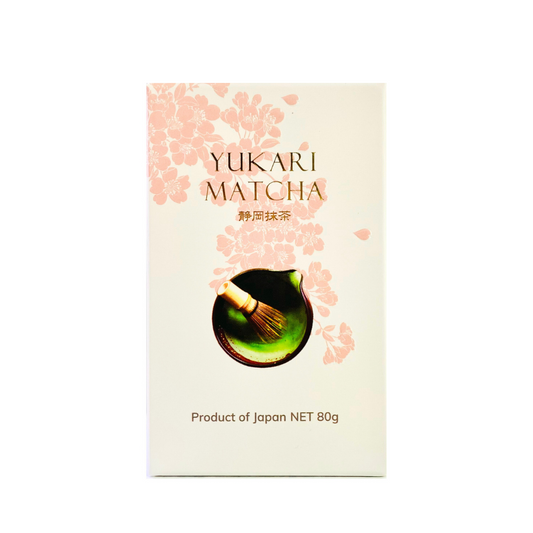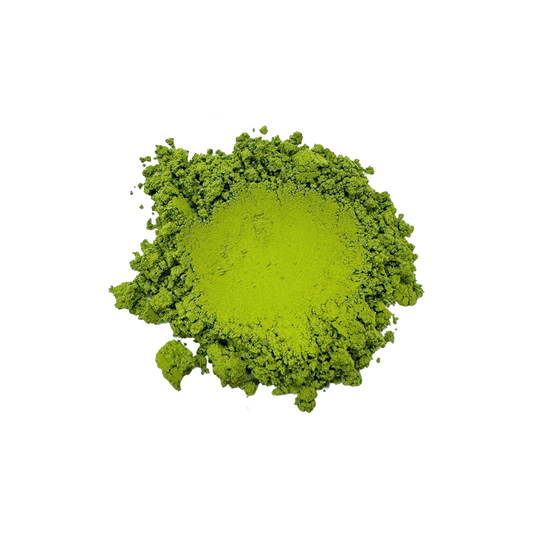Matcha

What is Matcha
Matcha is a powdered green tea made by finely grinding tea leaves, and it has long been cherished as part of Japan's traditional culture.
Unlike regular Japanese green tea, which is rolled and dried, matcha is made from tencha—tea leaves that are dried without being rolled.
Since the entire tea leaf is consumed, matcha allows you to efficiently absorb nutrients such as catechins, vitamins, and dietary fiber.
It is known for its relaxing effects and its ability to enhance focus, and has gained international attention as a “superfood.”
How Matcha is Made
Our Matcha Lineup
-
Premium Matcha: Uji Kyoto Black Edition (30g) - Ceremonial Grade
Regular price $52.00 AUDRegular priceUnit price per -
Premium Matcha: Yame, Fukuoka (30g) - Ceremonial Grade
Regular price $49.00 AUDRegular priceUnit price per$0.00 AUDSale price $49.00 AUD -
Premium Matcha: Uji Kyoto MATSU Edition (30g) - Ceremonial Grade
Regular price $49.00 AUDRegular priceUnit price per -
Yukari Matcha Powder (80g)
Regular price $55.00 AUDRegular priceUnit price per$0.00 AUDSale price $55.00 AUD
